The Mysterious Stranger Manuscripts (Literature)
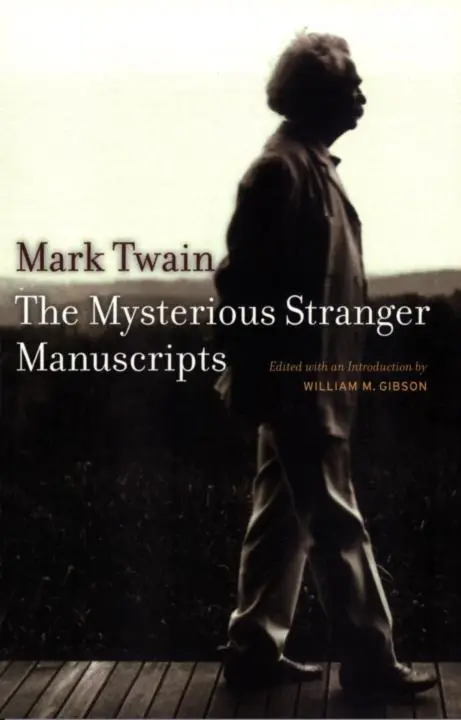
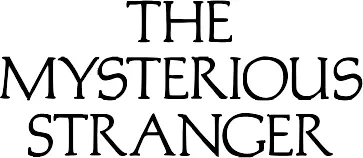
by Mark Twain

Of the projected fifteen volumes of this edition of
Mark Twain's previously unpublished works
the following have been issued to date:
MARK TWAIN'S LETTERS TO His PUBLISHERS, 1867-1894
edited by Hamlin Hill
MARK TWAIN'S SATIRES & BURLESQUES
edited by Franklin R. Rogers
MARK TwAnv's WHICH WAS THE DREAM?
edited by John S. Tuckey
MARK TWAIN S HANNIBAL, HUCK & Tom
edited by Walter Blair
MARK TWAIN 's MYSTERIOUS STRANGER MANUSCRIPTS
edited by William M. Gibson
MARK TWAIN's CORRESPONDENCE WITH HENRY HUTTLESTON ROGERS
edited by Lewis Leary

Editorial Board
WALTER BLAIR
DONALD CONEY
HENRY NASH SMITH
Series Editor of The Mark Twain Papers
FREDERICK ANDERSON
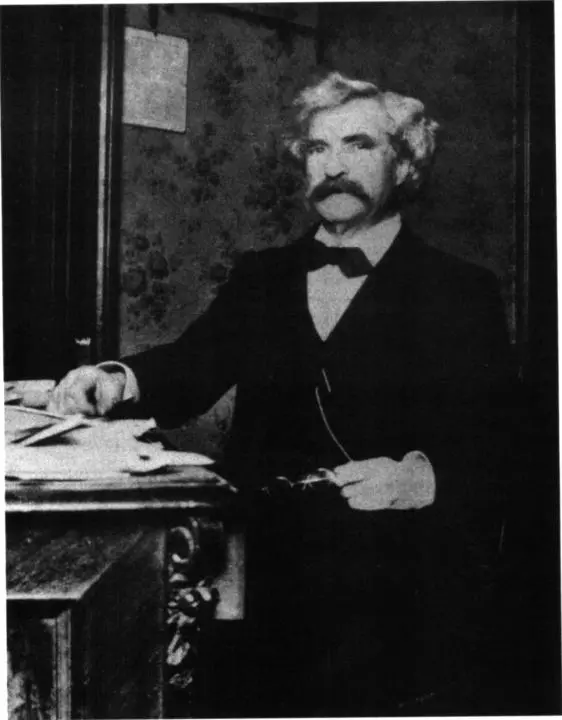

by Mark Twain
Edited with an Introduction by
William M. Gibson
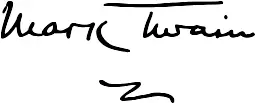

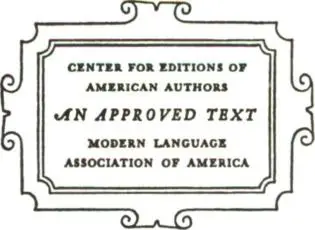
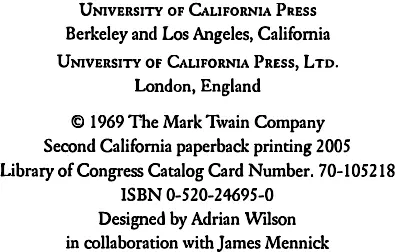
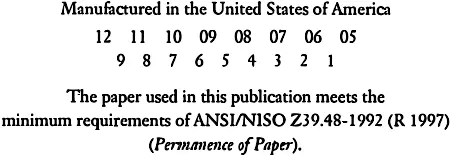

AT ONE TIME, the editors of the Iowa-California Edition
of the writings of Mark Twain and the editors of The Mark Twain
Papers, along with their respective publishers, intended to publish
Mark Twain's Mysterious Stranger Manuscripts jointly, since the
volume includes both published and unpublished writings. However, the published version is partly fraudulent, and the unpublished versions bulk larger than what had appeared in print.
Moreover, the University of California Press has become the publisher for the Iowa edition (as it then was) as well as The Papers.
Thus the book appears as a part of The Mark Twain Papers rather
than under a double imprint.
This bit of editorial and publishing history will serve to explain
my good fortune in having had two sets of editors to advise me and
inspect my copy. My debt to the editorial board of The Papersto Walter Blair and Henry Nash Smith-and to the Series Editor,
Frederick Anderson, is large, and I am grateful to these scholars. I
also owe particular thanks to John C. Gerber and Paul Baender,
editors of the Iowa-California edition, who gave me professional
counsel for several years prior to the decision to place this volume in
The Papers, and to John S. Tuckey, who laid the foundation for this edition in his monograph, Mark Twain and Little Satan, The
Writing of The Mysterious Stranger.
It is a pleasure to record a debt of a somewhat different kind,
equally real, to three former students: John A. Costello, Priscilla H.
Costello, and Miriam Kotzin. Mr. and Mrs. Costello, who typed the
"No. 44" narrative from photocopy of the manuscript, deciphered
and bracketed into their typescript many of Mark Twain's cancellations out of their own interest in the work. Miss Kotzin did me the
service of retyping and checking against photocopy my own heavily
corrected typescript of Twain's working notes for the three manuscripts. I owe these young scholars thanks. I am fortunate to have
had the professional help of Bernard L. Stein for more than two
years and of Victor Fischer for several months in establishing cancellations and completing the textual apparatus. And I appreciate
assistance in proofreading from Mariam Kagan, Bruce T. Hamilton,
Theodore Guberman, and Robert Hirst.
Barbara C. Gibson, my wife, at nearly every stage in the preparation of this edition invested hours and days in verifying copy against
typescript and photocopy-only she knows how many-and in helping me "break" words or phrases heavily overscored.
Finally, I am grateful to the John Simon Guggenheim Foundation for the fellowship during which I began the editorial work;
and to the Office of Education, Department of Health, Education
and Welfare, and the National Endowment for the Humanities
for providing me with indispensable travel and research assistance.
The Office of Education has been the chief supporter of the Iowa
edition; the National Endowment, the chief support of The Mark
Twain Papers through the Center for Editions of American Authors, Modern Language Association of America.
WILLIAM M. GIBSON
March 1968

ABBREVIATIONS
INTRODUCTION
THE TEXTS
The Chronicle of Young Satan
Schoolhouse Hill
No. 44, The Mysterious Stranger
APPENDIXES
A: Marginal Notes
B: Working Notes and Related Matter
EXPLANATORY NOTES

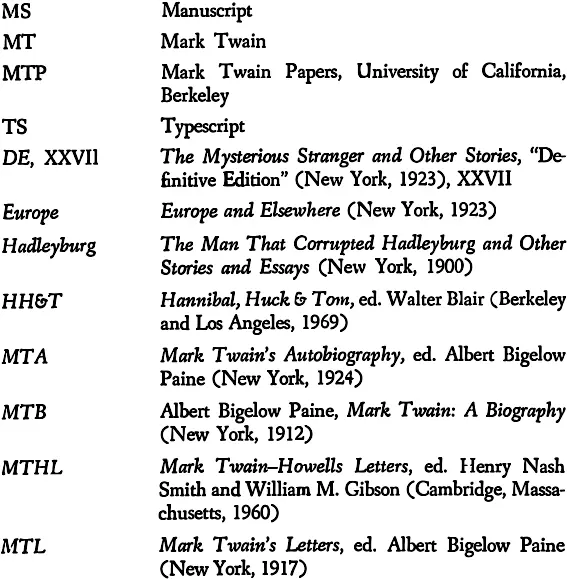
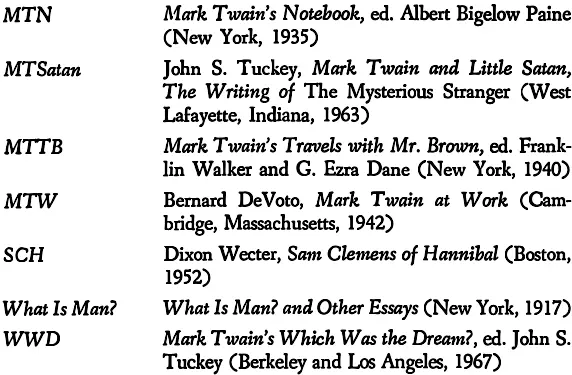

MARK TWAIN's The Mysterious Stranger, A Romance, as published in 1916 and reprinted since that date, is an editorial fraud perpetrated by Twain's official biographer and literary executor, Albert Bigelow Paine, and Frederick A. Duneka of Harper & Brothers publishing company. When I first read the three manuscript versions of the narrative in the Mark Twain Papers, like other scholars who had seen them, I found this dismaying conclusion to be inescapable.
1 comment